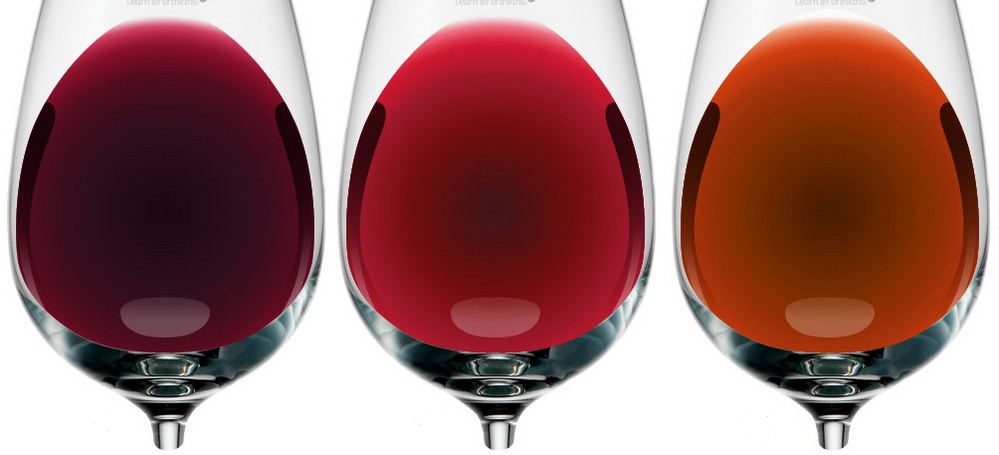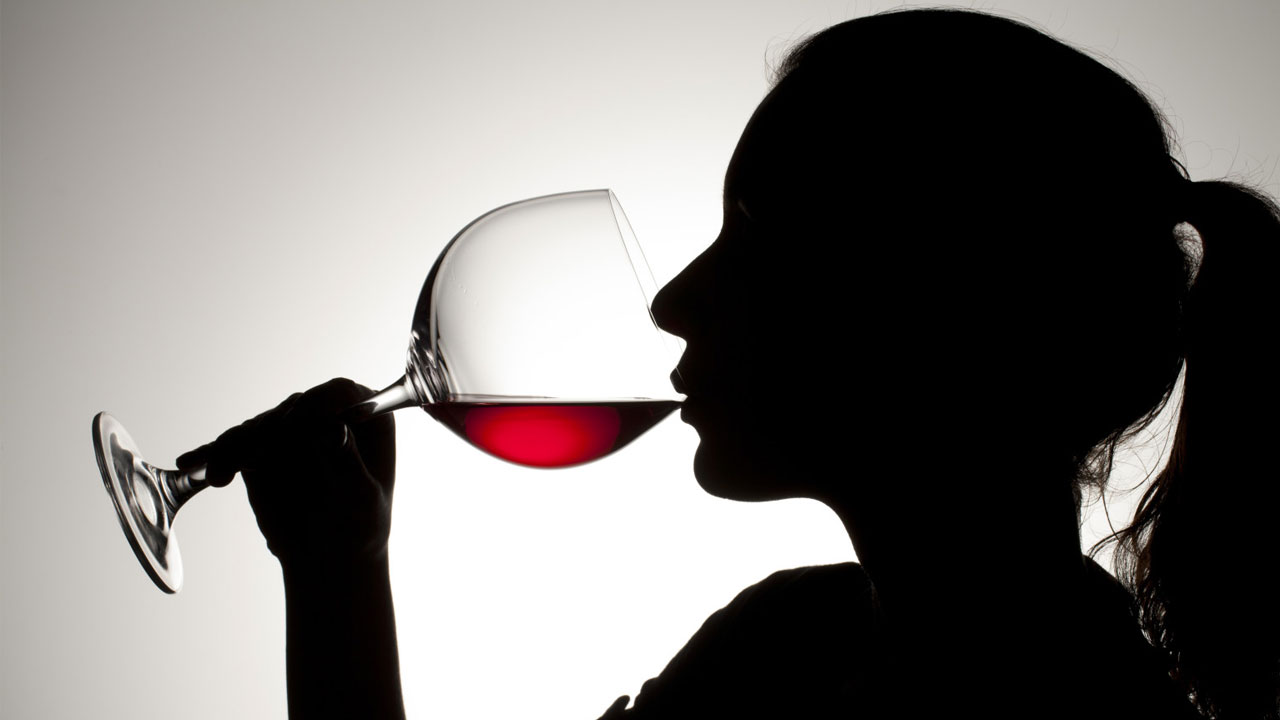How to taste a wine in 4 steps
Have you already seen a person turning the glass before tasting a wine?
Perhaps you have observed someone tilting the cup on the table or looking into the light to observe the color. This all may seem snob, but the truth is that the whole process of turning the glass, analyzing the color and the aromas reveal a lot about the wine you are just going to drink and it could help appreciate deeper your wine.
To taste means to drink with attention, to observe and to assimilate what you are drinking. Let's start tasting with these 4 steps:
1 - Visual analysis
For this stage, it is ideal that the environment is well lit and that you can tilt your glass on a white surface as this will help you to see clearly the color and other visual aspects of your wine, such as transparency and limpidity.

Unless it is a wine that has not been filtered in the winery or a very old vintage, you should always make sure that it is clear and bright. Turbidity or excess crystals and other substances may indicate a defect.
Also, the color will tell you more about the wine's development. A young wine will have more shine and liveliness. The reds, in time they lose the ruby and pass to a reddish-brown tinge.
2 - The famous cup "spin"
You've certainly seen someone doing it, and most probably, you should have already done it, even though you do not quite understand what it's for. Besides to oxygenating the wine and releasing some aromas, turning the glass helps form the so-called "tears" or "legs", which can indicate whether a wine is a too much or too little alcohol. The finer and closer, the less alcoholic it is. The denser and spaced, the more alcoholic is the wine.
3 - Olfactory analysis

This is one of the most important stages of tasting. If the wine has a defect that was not noticed in the visual analysis, the olfactory analysis will probably show. It's a good idea not to have much aromatic influence in the environment for a more accurate examination. Perfumes, flavorings, food or anything else that exhales intense smells can disrupt. The first thing you should evaluate is if the wine has a pleasant aroma. Wet cardboard, mold, vinegar or enamel may indicate defects.
The aromas are divided into primary, secondary and tertiary groups. The primary ones are those characteristics of the grape. For example chili for Carménère, strawberries for Tempranillo, violet for Sangiovese, black fruits for Malbec, and so on.
The secondary ones are aromas acquired during the fermentation process, such as yogurt, milk, yeast, butter or banana. Those acquired during the ripening and aging of wine, are called tertiary. In this group, you can find nuts, dried flowers, vanilla, coffee, toffee, leather, mushrooms, tobacco, among others.
4 - The taste analysis
Finally, we reached the "grand finale" of the tasting. At this stage, in addition to assessing whether the wine is technically correct, is where you identify whether it really pleases your taste buds - what matters in the end.
In taste analysis, you will notice elements such as alcohol, tannin, and acidity (the three basic elements of wine), body, sweetness, and flavors.
In order for a wine to be considered quality, that is, technically correct, the three basic elements must be balanced, without one standing out to the other to the point of causing disharmony. It is evident that some wines are more acidic, others more tannic, and so on, but when one element is left and another missing, it may indicate a defect.
To make this evaluation, put the wine in your mouth and let it roam the taste buds for about 10 seconds. Each part of our language is sensitive to a taste and this is part of what we are going to explore at this stage.

The more alcoholic the wine, the greater the sensation of heat and weight in the mouth. Already the acidity is measured by salivation and sensation of freshness. Whites, sparkling and rosés are champions in acidity, but it can also be quite present in some reds. The acidity can be evaluated as low, medium or high. As a matter of fact, the more acid a wine, the greater its versatility for harmonization.
Tannins are the perception of astringency in the mouth. Do you know that feeling of biting a green banana? The more intense the sensation, the more tannic is the wine. The body is assessed by its weight in the tongue. The heavier you feel it, the more full the wine.
Now that you have all the tips to be a quasi-professional taster, prepare your cups, invite friends and organize a tasting in your home! Make this moment, as well as educational, fun! After all, the wine has been there for generations to bring people together.
Cheers!
Great post! Thanks for sharing!
Wonderful and very instructive..
You wrote "As a matter of fact, the more acid a wine, the greater its versatility for harmonization", I am not so convinced. A Pinot noir is not so acid but it has a good harmonization!
cheers